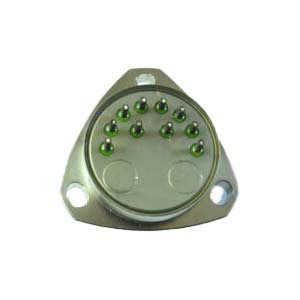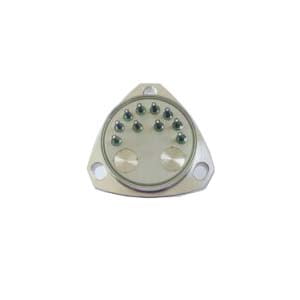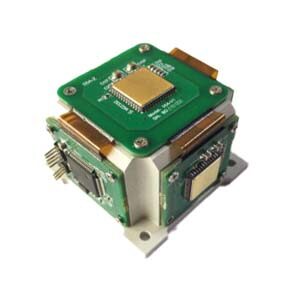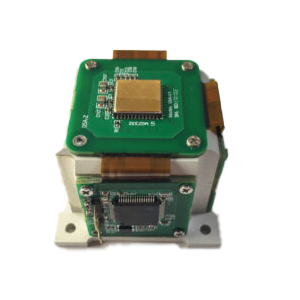Acceleration sensor is an electronic device that can measure acceleration force. The accelerating force is the force that acts on an object as it accelerates, just like the Earth's gravity, which is gravity. The accelerating force can be a constant, like g, or it can be a variable.An accelerometer is used to measure acceleration.A triaxial accelerometer can measure the direction of movement of a stationary platform relative to the Earth's surface, but once the platform is in motion, things get much more complicated.If the platform is in free fall, the acceleration measured by the accelerometer is zero.If the platform accelerates in a certain direction, each axial acceleration value will contain the acceleration value generated by gravity, which makes it impossible to obtain the real acceleration value.For example, a triaxial accelerometer mounted on an aircraft with a roll Angle of 60 degrees would measure a vertical acceleration of 2G, when in fact the plane's relative surface is tilted at 60 degrees.Therefore, the use of accelerometers alone cannot keep an aircraft on a fixed course.
A gyroscope is a device used to measure the rotation speed of an object. The gyroscope is mainly composed of a gyroscope sensor, a signal processor and an output interface, and the rotation speed is measured by detecting the change of the object rotation to the gyroscope sensor. Gyroscopes are often used in the automotive industry, drones, smart phones and other fields to measure the attitude change of objects to help improve the safety and reliability of products. Gyroscopes are often used in conjunction with acceleration sensors and magnetometers to enable 3D attitude measurement.The gyroscope measures the angular rate of rotation of the body around an axis.When the gyroscope is used to measure the angular rate of rotation in the axial direction of the aircraft body, the measured value is non-zero if the aircraft is rotating, and zero when the aircraft is not rotating.Thus, the gyroscope on an aircraft with a roll Angle of 60 degrees will measure zero roll angular rate, as will the gyroscope when the aircraft is flying straight and level.The current roll Angle can be estimated by the time integral of the angular rate value, provided that there is no accumulation of errors.Gyroscope measurements drift over time, and over the course of a few minutes or even seconds additional errors are bound to accumulate, ultimately leading to a completely incorrect understanding of the plane's current roll Angle relative to the horizontal plane.Therefore, gyroscopes alone cannot keep an aircraft on a specific heading.
The modern gyroscope is an instrument that can accurately determine the orientation of a moving object. It is an inertial navigation instrument widely used in the modern aviation, navigation, aerospace and defense industries. The main part of the traditional inertial gyroscope is the mechanical gyroscope, and the mechanical gyroscope has high requirements for the process structure.
Gyroscopes measure angular velocity, and accelerations measure linear acceleration. The former is the principle of inertia, and the latter is the principle of force balance. The measurement value of the accelerometer is correct for a long time, and there is an error in a short time due to the presence of signal noise. The gyroscope is more accurate in a short period of time while there will be errors due to drift over a long period of time. Therefore, both are needed to ensure the correct course.
In a word, the accelerometer is correct over a long period of time (to determine the plane's direction), and has errors over a short period of time due to the presence of signal noise.The gyroscope is more accurate in a short period of time and there will be error and drift in a long time.So you need both to make sure you're on the right course.
More Technical Questions
1.Quartz Accelerometer VS MEMS Accelerometer
2.What is Sensitivity and Measurement Range in Quartz Accelerometer?
3.Why do we Need Accelerometer?
4.What is the Purpose of the Accelerometer Senor?
5.Multi-Dimensional Understanding of High Precision Quartz Accelerometer
6.Choosing a Good Quartz Accelerometer is Easier to Maintain
Products in Article







